A YEAR IN ZERO-COVID CHINA: A PICTURE STORY (2022)
THE YEAR 2022 IN PICTURES, FROM THE ARRIVAL OF THE OMICRON VARIANT IN JANUARY TO THE WHITE PAPER PROTESTS AND THE END OF ALL THE RESTRICTIONS AT THE END OF THE YEAR.
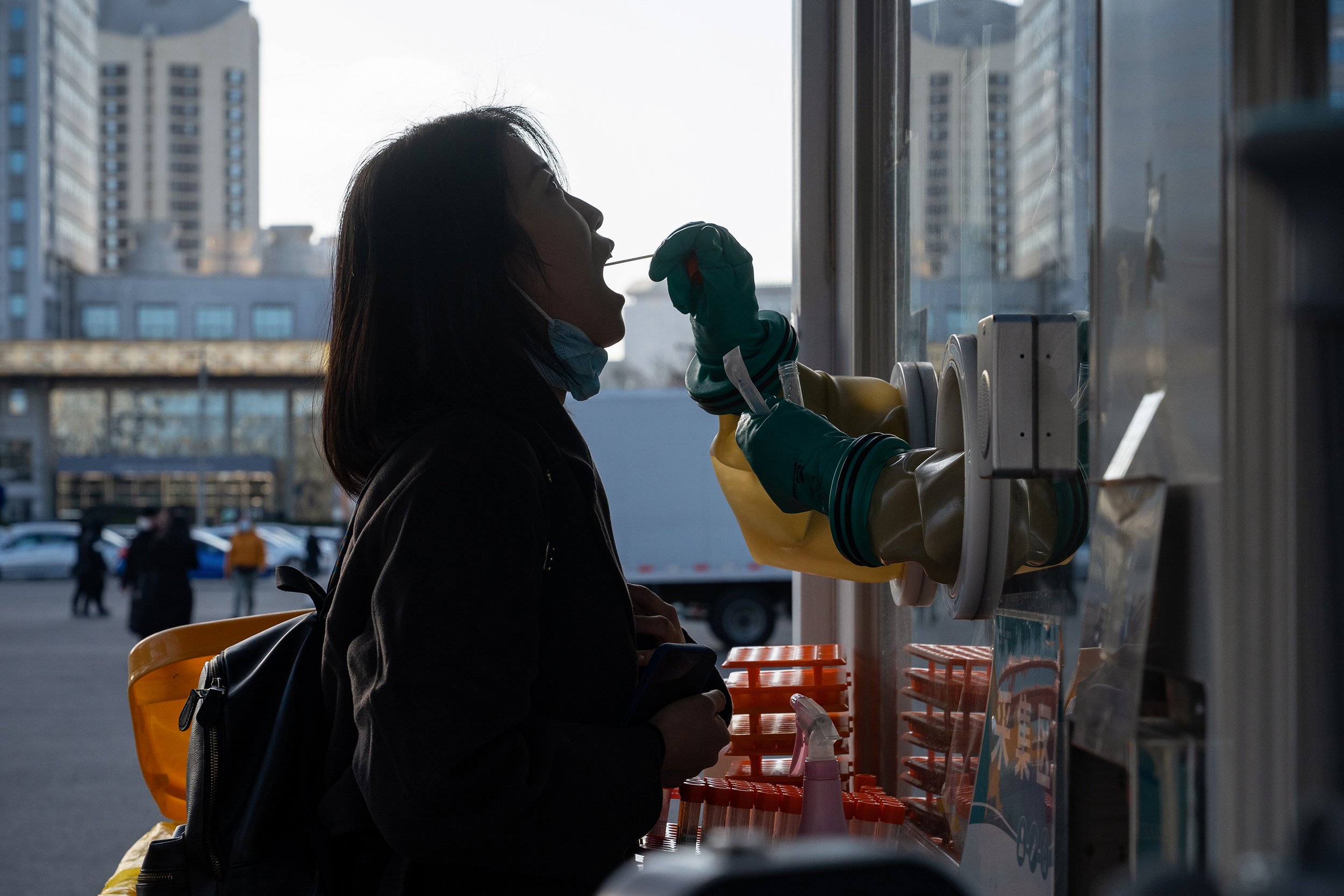










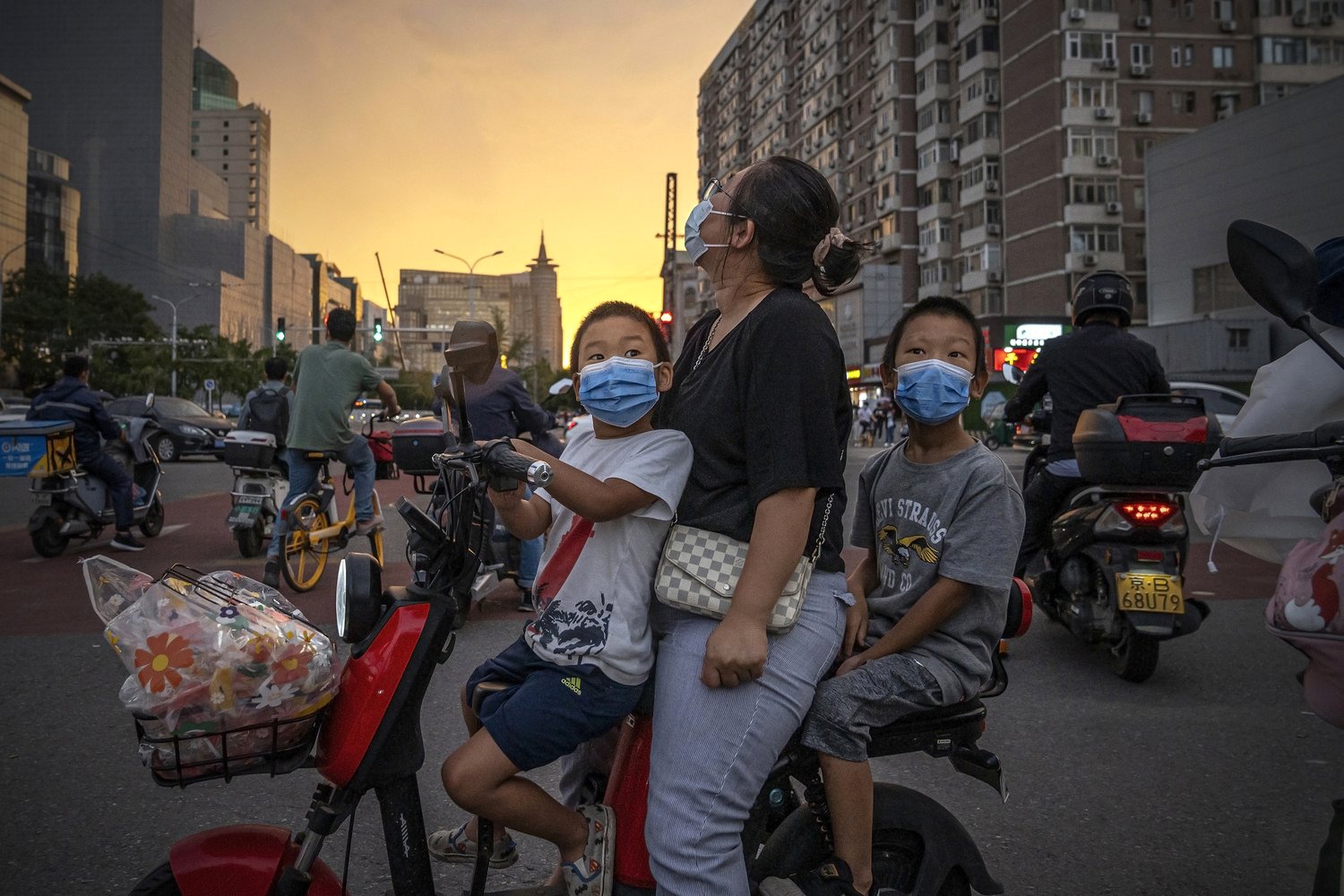










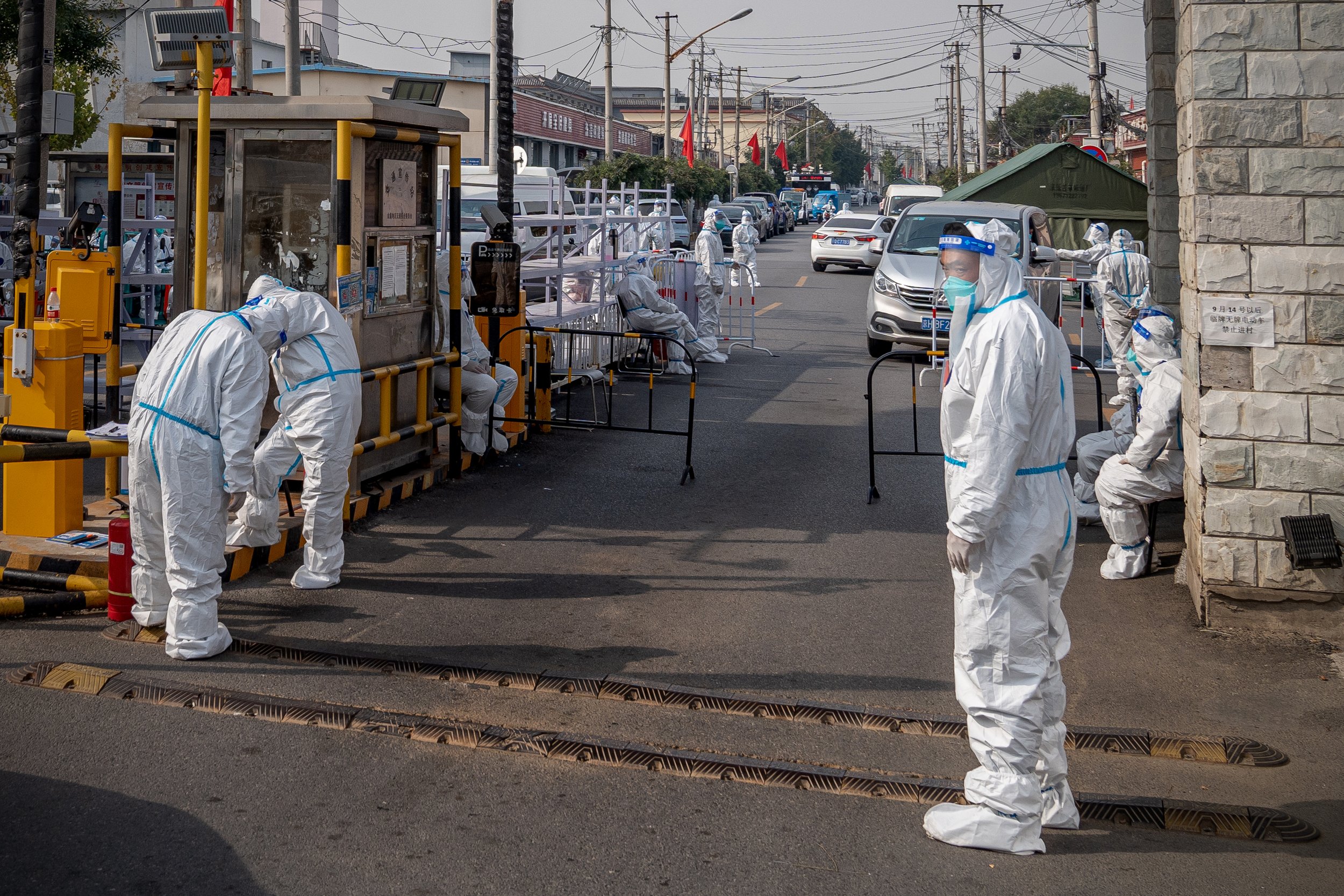



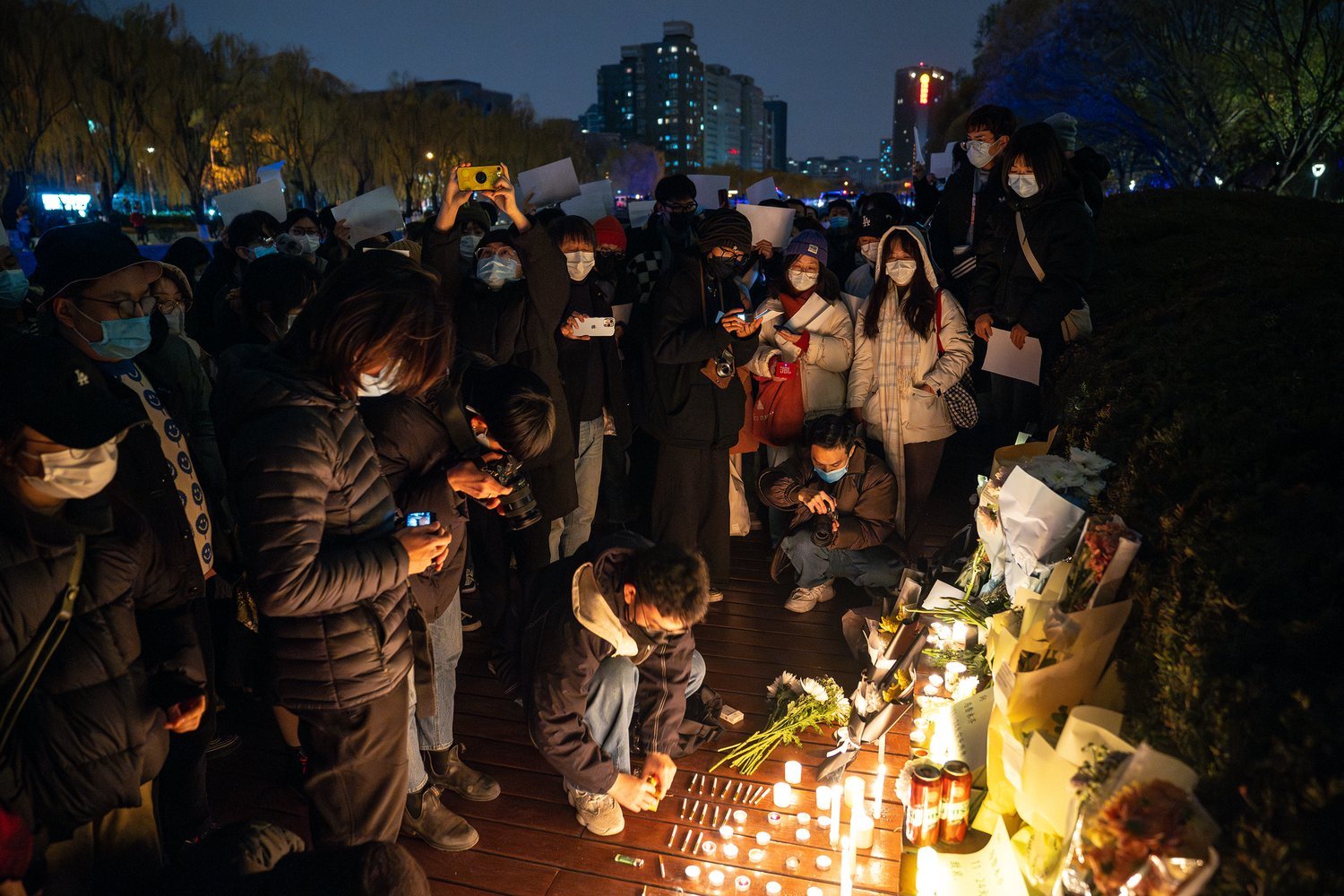
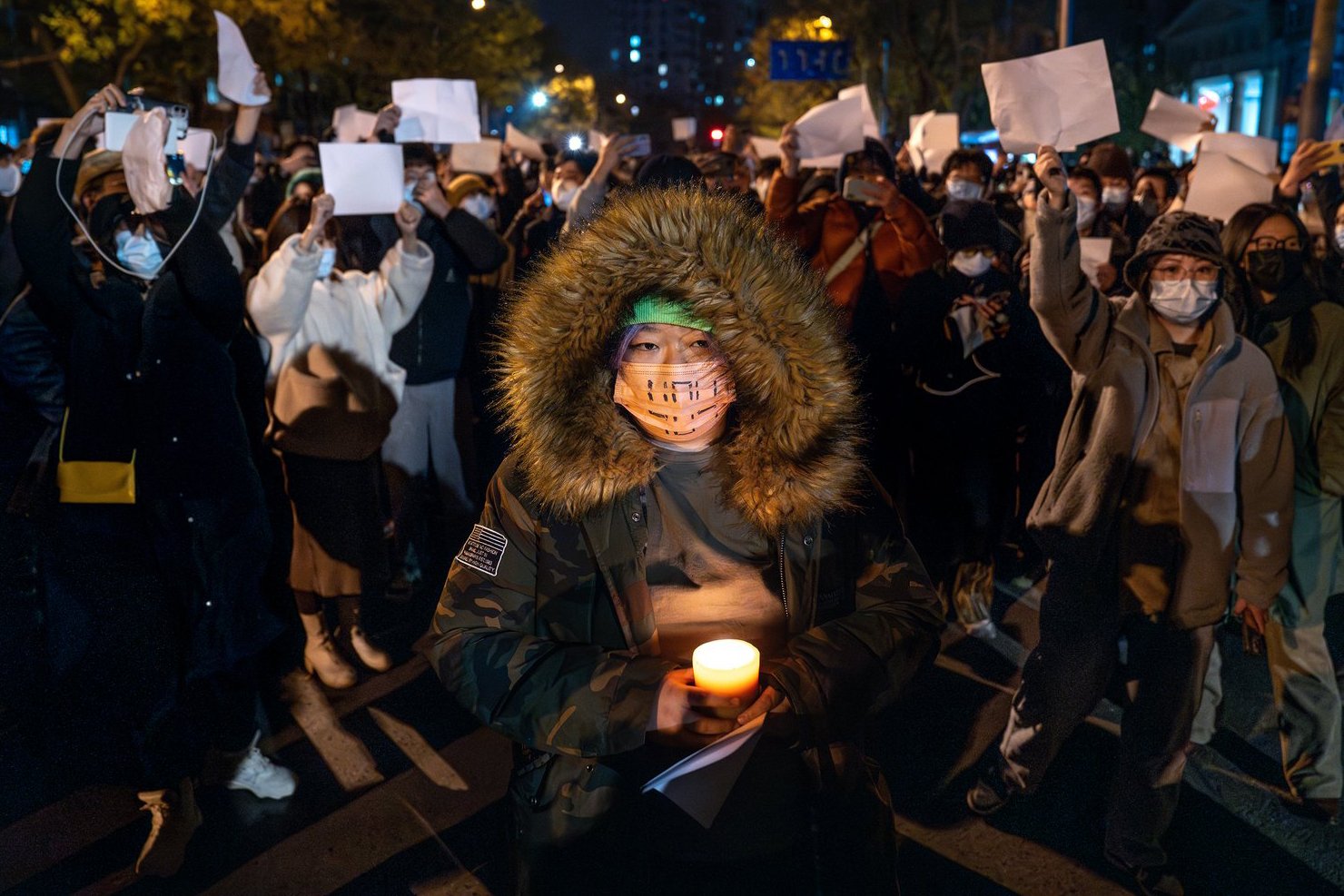
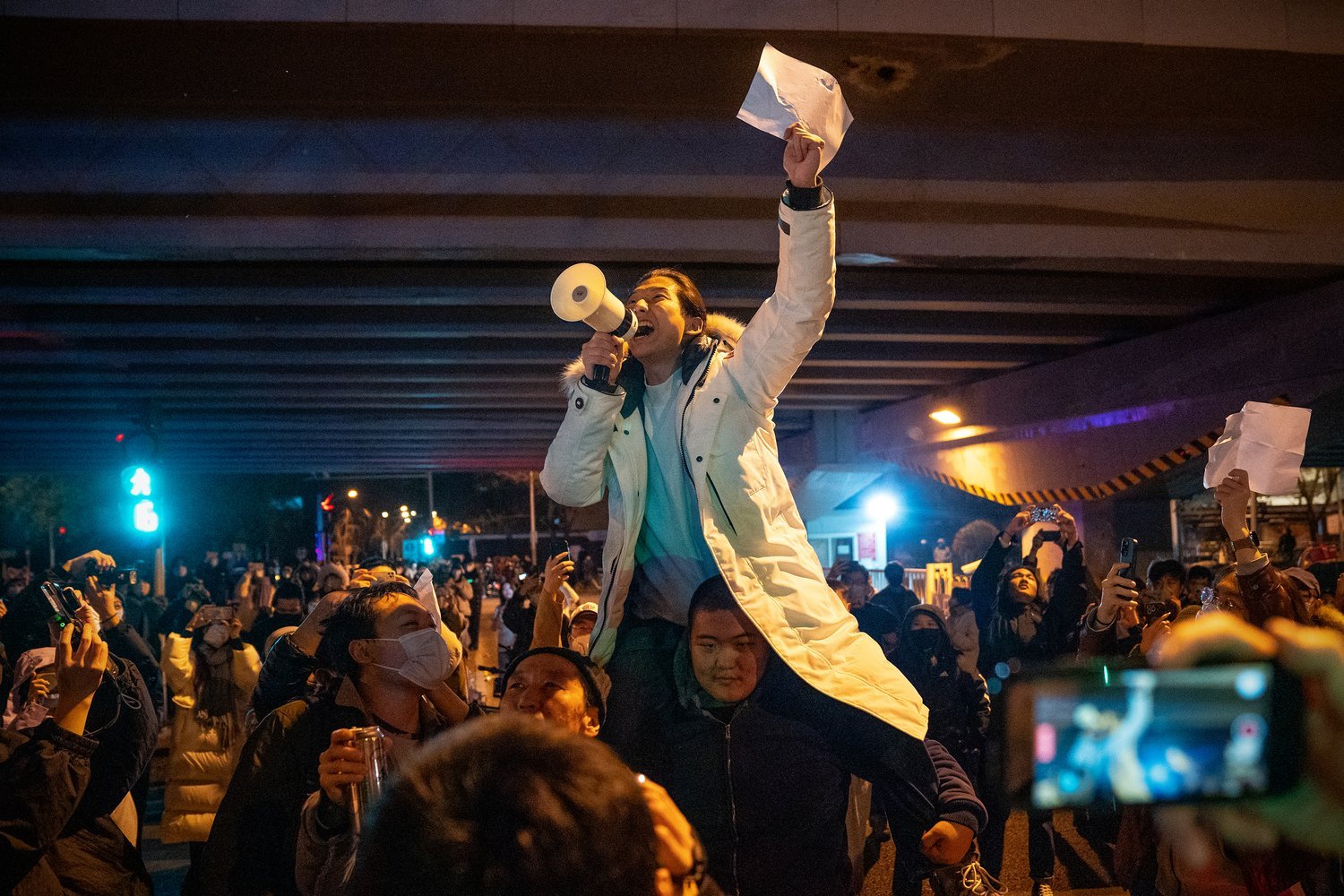
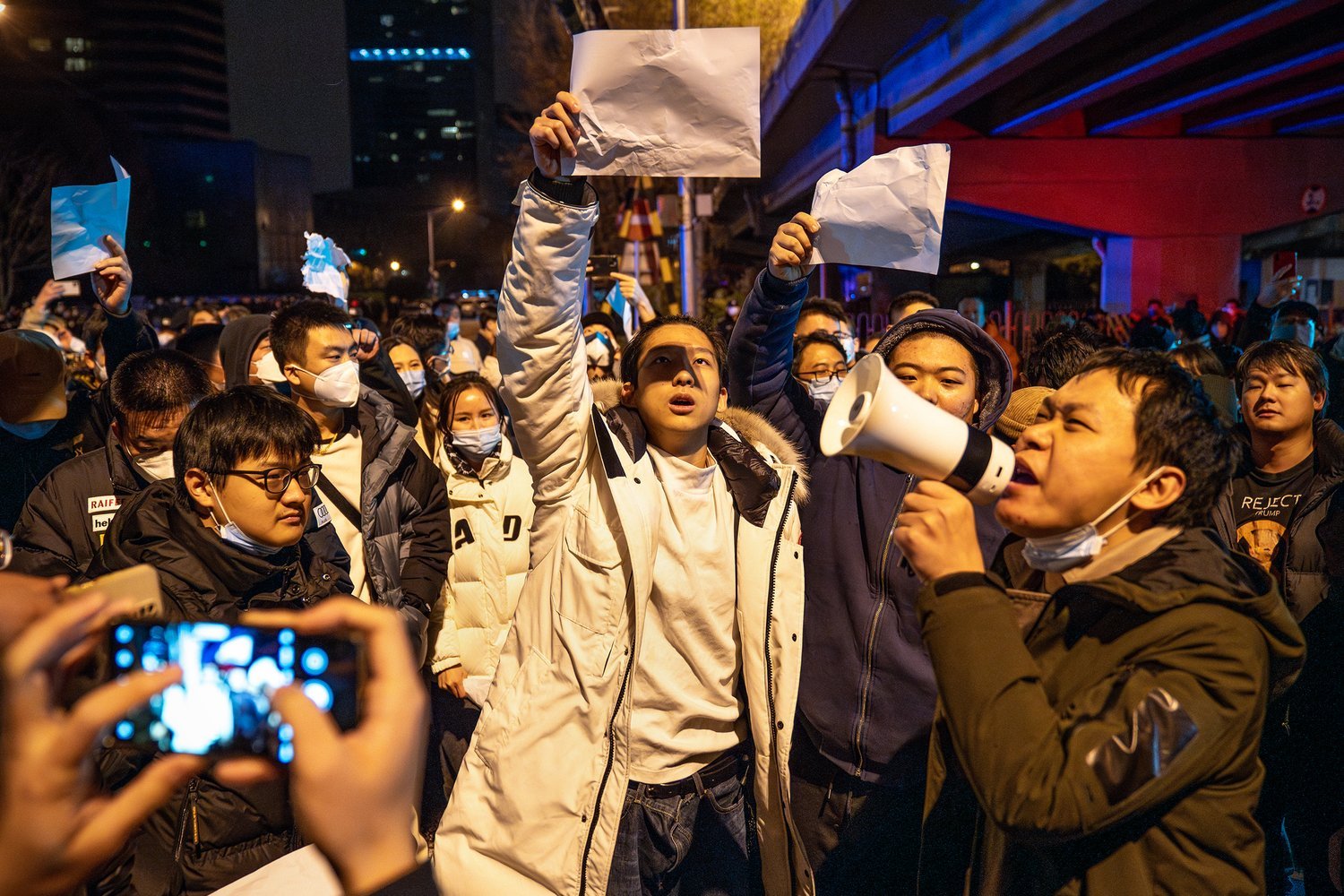








When the highly contagious Omicron variant arrived in China, in January 2022, just few weeks before the Beijing Winter Olympics, many thought the days were numbered for China’s zero-Covid policy. They were proved wrong. China managed to successfully host the Winter Games in a bubble and keep the virus at bay.
With closed borders and restrictions to domestic traveling, centralised hotel quarantines for the few inbound travellers, localised lockdowns, digital health codes and contact tracing, daily PCR tests for residents, and isolated COVID camps for those with a positive status: zero-Covid consisted of various measures enforced with the use of big data and AI technology, plus the use of the Communist Party’s capillary control of the territory on the grassroots level.
The success of China in containing the virus and protecting the economy in 2020 was totally overturned in 2022, as the economy registered its worst performance in nearly half a century and strict lockdowns like the one in Shanghai in April and May demonstrated the authorities’ hardline tactics in attempting to eradicate the virus.
After a relatively calm period in the early summer, when registered infection rates dropped, China’s population relaxed for the summer break and domestic tourism rebounded. But it didn’t last long as new outbreaks soon emerged. In August, in the resort city of Sanya, on the tropical island of Hainan, many holidaymakers were locked down and unable to travel back home.
Numerous China experts predicted zero-Covid to last until fall in 2022, when the Chinese Communist Party would hold its 20th National Congress. Too much of Xi Jinping’s image had been invested in this policy and abandoning it before would have proved him weak during the most crucial period of his political career. The Congress came, Xi Jinping secured an unprecedented third term as General Secretary of the Chinese Communist Party, but nothing changed. The financial markets tumbled as investors lost confidence in the second largest economy. China, known for its pragmatism, seemed to have entered a new phase where politics was the top priority, no matter the cost.
Then, all of a sudden, things changed.
Workers at China’s largest iPhone assembly factory in Zhengzhou clashed with police dressed in protective gear, after the site was locked down some days earlier. Residents of Guangzhou, frustrated by a prolonged lockdown, were seen tearing down Covid control barricades. A deadly fire in the city of Ürümqi, where epidemic prevention restrictions were blamed for the deaths, sparked protests in most of China’s big cities. Protesters holding blank signs took the streets demanding the end of zero-Covid.
As cases in the country continued to rise, breaking record after record, the Chinese government, facing public discontent and a negative economic outlook, eventually abandoned zero-Covid and accelerated the reopening process.
The sudden lifting of the Covid restrictions in a country with a low vaccination rate and no heard immunity however, now caused the virus to run rampant. Infections skyrocketed, hospitals became overcrowded and crematoriums saw peak demand.
How many people have died of Covid in China after the country abandoned its zero-Covid policy? The answer to this question is of great importance: the whole sense of three years of draconian restrictions is at stake, as well as the pride of the party and that of its leadership.